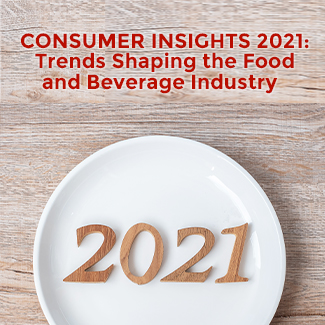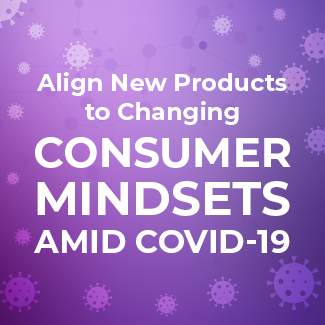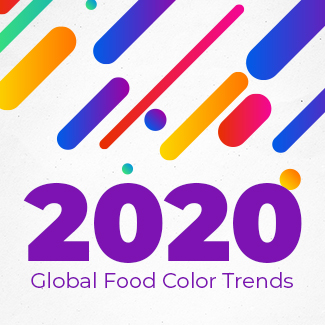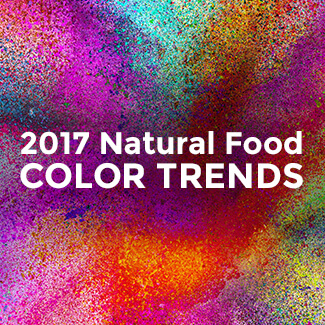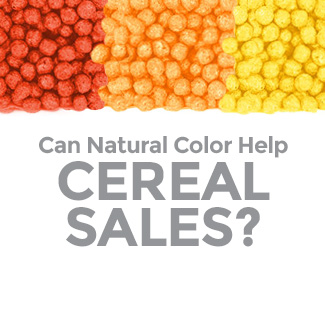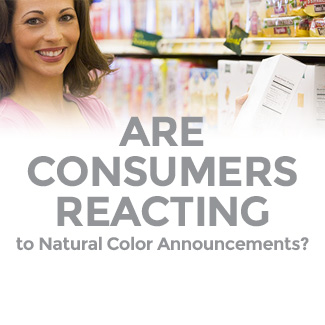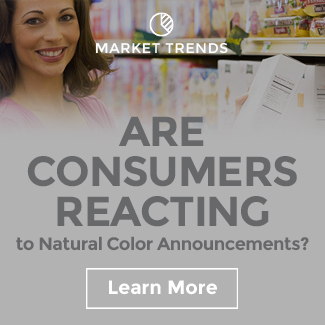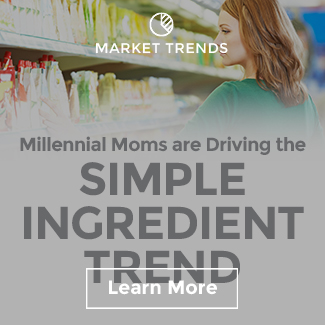Understanding the Impact of Color
Citing a ‘retail failure’, the enormously successful Kind Healthy Snacks Company withdrew its fruit bites product from retail shelves last fall. The company was clearly frustrated at the use of synthetic colors in a number of popular brands in the category, and sponsored an event in New York City to highlight the issue. KIND® believes that the artificial colors used by competitive brands were “enticing children into eating them and parents into buying them”.
Are Food Colors Bad?
Companies that are frustrated with the use of synthetic colors in a number of popular brands in categories like children’s snacks may choose to highlight food color as the issue. This line of thinking is that artificial colors are used to “entice children into eating them and parents into buying them”.
At Sensient, we believe that this thought process may be mistaken. Firstly, research has reviewed the effects of certified colors on both children’s behavior and human health overall and determined they are safe. Having said that, we recognize that many consumers are avoiding synthetic colors to be sure and the food industry needs to adapt and meet consumer demand.
There is an excellent opportunity in the kid-targeted snack market for innovative new products that do not use certified colors. However, that does not mean they should eschew color entirely. Let me explain.
When you first enter your favorite grocery store, what section does the grocer have you see first? In most cases, the produce aisle with all its brilliance will greet you. Research on food shopper attitudes indicates the produce aisle, with its healthy image and vivid colors, is consumer’s favorite part of the store.

This does not surprise me at all. We have done a number of consumer studies that conclude color has a powerful effect on how consumers perceive the quality of food.
Color Has a Powerful Impact on Consumer Perception of Food Quality
In 2017, we conducted an in-depth online study with over 1600 consumers. We compared the effect of using “high color” images on consumer purchase intent and liking scores using identical concepts. All of our concepts used colors from natural sources.

One of the most interesting findings to me was that even though consumers were reacting only to written concept statements, an expected increase in flavor intensity was a main driver for the higher liking and purchase intent scores. That led us to wonder whether color intensity influences how consumers think food tastes.
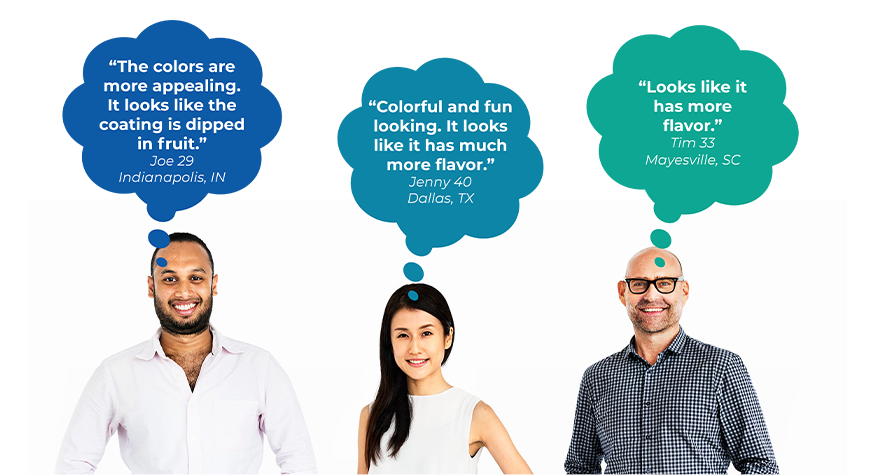
Verbatims from 2017 Sensient Online Consumer Survey
In 2019, we conducted detailed sensory testing with consumers across seven different categories. Holding constant all variables such as flavor, aroma, and texture, our team adjusted only the natural color. We measured liking, purchase intent, and just about right scores for each concept.

The results were enlightening. In almost every case, color optimization had a significant effect on how consumers rated each concept. Some of the highlights:
![]()
Color vibrancy is associated with higher liking and purchase intent
![]()
The color had a profound impact on whether consumers think the flavor is “just about right” or too light
![]()
There was a very strong correlation between liking and purchase intent
It is important to note that higher color load is not always preferred. For example, consumers rated our protein bar prototype without color more favorably than the bright yellow colored version. What is clear, however, is that color must be evaluated early on in the product development process, since the shade and vibrancy will have a meaningful and direct impact on overall taste perception. Manufacturers who leave color consideration until later in the development process need to rethink their approach.
Consumers Do Not Want to See Color Sacrificed
Our color innovation team and application experts continue to work to optimize the performance and cost-in-use for natural food colors. As Sensient CEO Paul Manning likes to say, we believe that consumers don’t want to sacrifice and that through better agronomy, extraction techniques, and purification technologies, food manufacturers can deliver the ‘no sacrifice’ experience.
If you want to learn more about our latest innovations or our consumer research, please reach out to me. We love to share our color knowledge!












